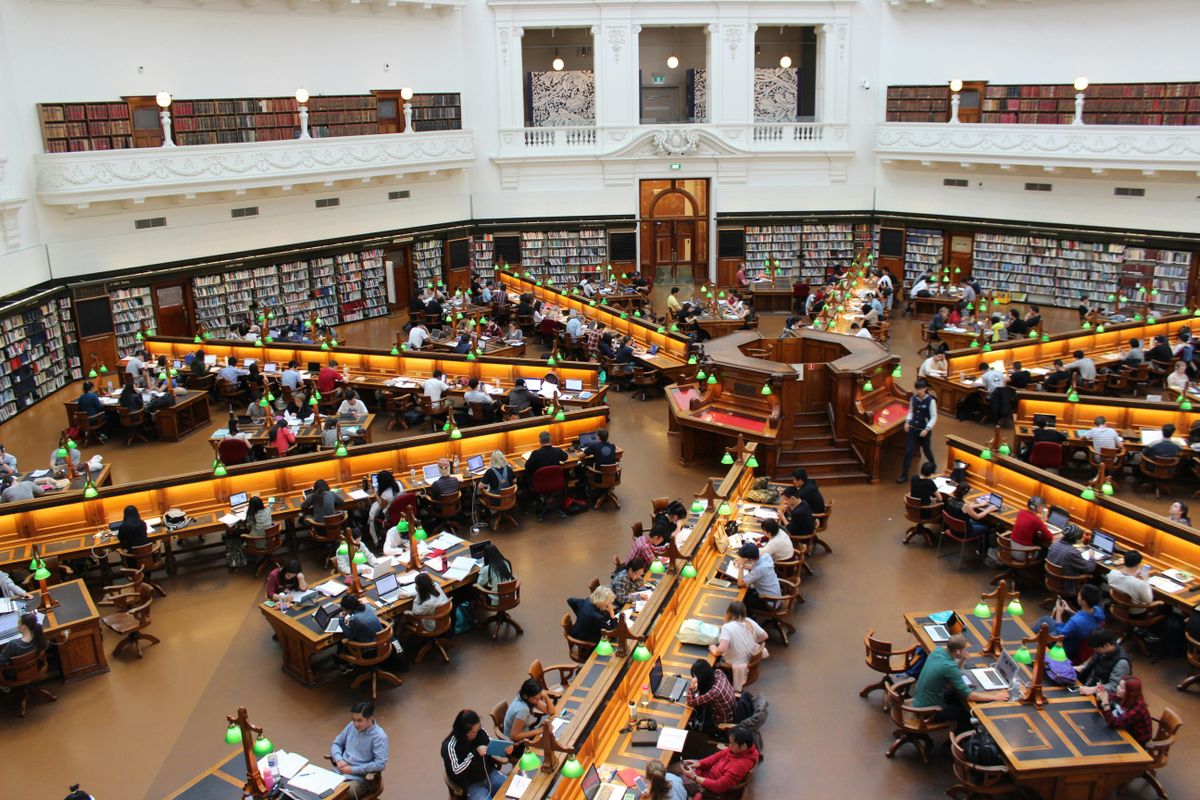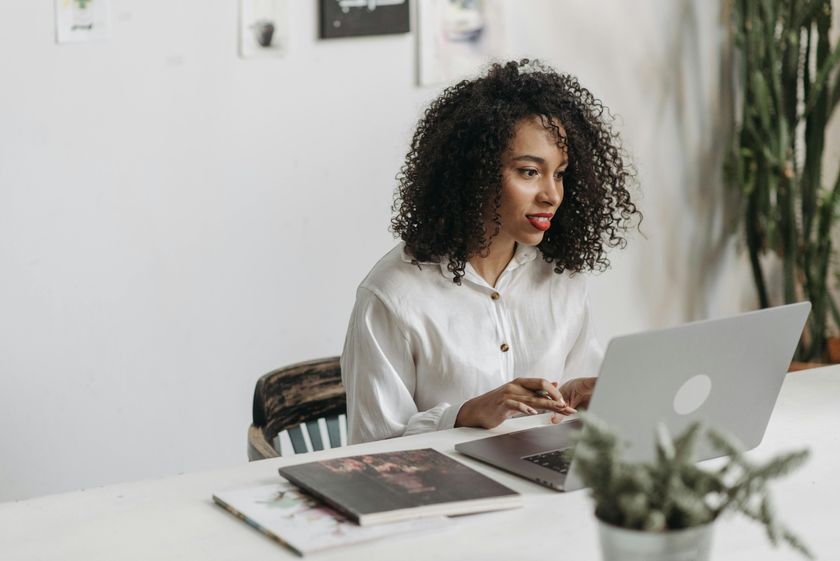Preparing the Blueprint for Student Interactivity
INNOVATIVE LEADER AWARD WINNER - Kerri Wall renovated her high school media center to give agency to students, empowerment to teachers, and hope to a community

When the media center at Sebastian River High School in Vero Beach, Florida, needed renovation, Kerri Wall went much further than a new coat of paint.
Wall is the Senior Instructional Technology Administrator for Sebastian River High School and she created a high-tech, state-of-the-art learning environment that puts students first. For her efforts, she was honored by Tech & Learning during a recent Regional Leadership Summit with an Innovative Leader Award for the Most Innovative Learning Spaces.
The media center upgrade grew from the idea of creating a central hub for students to explore their educational possibilities. The furniture in the media center is mobile, able to be rearranged to suit the needs of the students when necessary. The center houses 3D printers, a coffee shop (students can eat food in the space), and accommodating chairs and tables.
Student Input Made All the Difference
Input from the students was critical to Wall’s efforts.
“Some of the things they wanted to be able to be in there before and after school–they wanted to be able to eat in there, they wanted their computers. And they wanted to see other groups. They wanted it to be like a hub,” Walls says. “And so we took those points, then we paired them with our renderings to show them, ‘These are the things you want. And these are things we’re going to make happen.’ Then we paired it with the final images and they were able to see exactly what [they] asked for.”
Having input from the students was a major selling point for the useability of the media center. With ideas implemented from student suggestions, students then felt as though they directly impacted their school. “Once you have that input, they’re committed, they’re with you 100%,” she says.
Students even came up with some innovative ideas themselves.
For example, CTE classes can now be seen from the media center, giving students a first-hand look at potential options for their professional futures. This stemmed from the students wanting to have an almost open-air concept for the space.
The renovated media center represents more than just a fancy space for students to work, says Wall. It represents dedication toward the impact students can have regarding their educational and professional futures.
The Blueprint for Student Advancement and Engagement
Seeing the success of the space, the input from the student body, and the support from educational leadership coming together to create something innovative, other schools can use this media center as a blueprint for their own renovation projects.
“Leadership and support is important. I would say you have that kind of perfect recipe,” says Wall. “I have friends in other districts that are already branching out and trying some things because it’s like, ‘Really, we really can do it.’ You don’t feel like you know much about furniture, but, you’d be surprised what a couple phone calls can start to get happening.”
Wall made a concerted effort to create a comfortable space for students to explore educational options and make decisions on their futures. She was empowered by the overwhelming support she received from her leadership group as well as the student input that helped mold the space into the ideal environment for learning and growth.
Now that the media center is fully functional, more students have felt empowered to make it their own, using it for varying purposes.
Wall had a simple purpose for creating this space: give students the tools they need to succeed. With this media center, students can thrive in their educational endeavors and other schools have a blueprint for ways to engage students in their educational futures.
Tech & Learning Newsletter
Tools and ideas to transform education. Sign up below.

Michael Millington is a senior staff writer for Tech & Learning. A writer and editor with over a decade of experience, his focus on bringing actionable information to those in need is the driving force behind his work. When not researching new advancements in technology, Michael likes to practice his Italian and train his dog Cyril.









